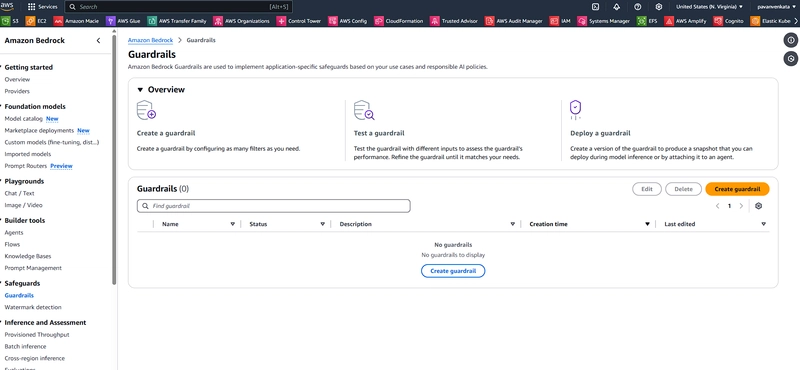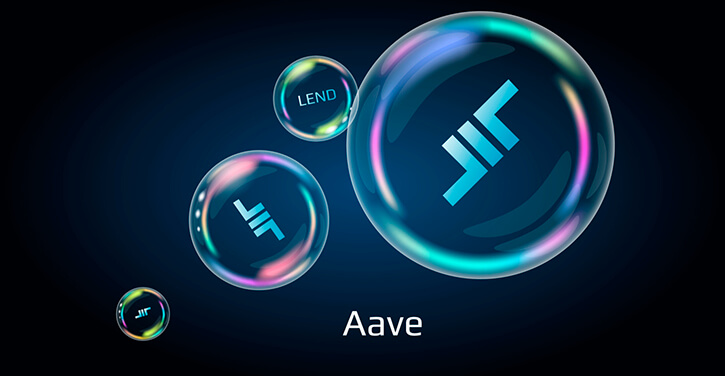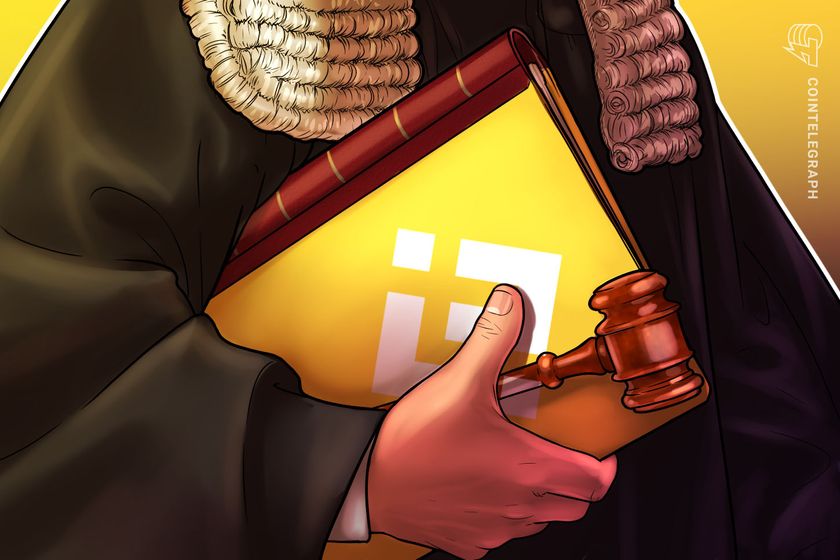How to Animate an Element Using Jquery in 2025?
In 2025, the web development landscape continues to evolve with new tools and frameworks. However, jQuery, a venerable tool in the developer's toolkit, remains a popular choice for animating elements due to its simplicity and flexibility. In this article, we will explore how you can leverage jQuery to animate elements on your website effectively. Why Use jQuery for Animation? While modern CSS and JavaScript APIs provide robust animation capabilities, jQuery offers a straightforward approach, especially for developers already familiar with its syntax. jQuery simplifies the process of creating custom animations and is widely compatible with various frameworks and libraries. Setting Up jQuery Before diving into animations, ensure you have jQuery included in your project. You can link it from a CDN like so: Basic Animation with jQuery To animate an element with jQuery, you can use the .animate() method, which allows you to create custom animations by changing CSS properties. Here’s a simple example of how to animate the movement of a div element: jQuery Animation Example #animateMe { width: 100px; height: 100px; background-color: blue; position: relative; } Animate $(document).ready(function() { $('#startAnimation').click(function() { $('#animateMe').animate({ left: '+=250px', opacity: 0.5 }, 1000); }); }); In this example, clicking the button will move a blue square to the right and partially fade it out over a duration of 1 second (1000 milliseconds). Advanced Animation Techniques Animations with Callbacks jQuery’s .animate() method supports callback functions that execute after the animation completes. This is useful for chaining animations or executing logic post-animation. $('#animateMe').animate({ left: '+=250px' }, 1000, function() { alert('Animation completed!'); }); jQuery UI for More Complex Animations For more complex animations, you might consider jQuery UI, which provides additional effects and utilities. jQuery in Modern Frameworks jQuery seamlessly integrates with modern frameworks like CakePHP, Laravel, and Vue.js, allowing developers to leverage its capabilities without reinventing the wheel. Explore how to use jQuery for fading effects in CakePHP. Learn about integrating jQuery in a Laravel environment. Discover how to use jQuery plugins within a Vue.js application. Conclusion Despite the advent of new technologies, jQuery remains a powerful tool for creating animations in 2025. Its simplicity and ease of use make it an excellent choice for both beginners and seasoned developers. By integrating jQuery with modern frameworks, you can maintain a dynamic and interactive user interface that enhances user experience. Embrace the capabilities of jQuery and continue to create captivating web animations that stand the test of time!

In 2025, the web development landscape continues to evolve with new tools and frameworks. However, jQuery, a venerable tool in the developer's toolkit, remains a popular choice for animating elements due to its simplicity and flexibility. In this article, we will explore how you can leverage jQuery to animate elements on your website effectively.
Why Use jQuery for Animation?
While modern CSS and JavaScript APIs provide robust animation capabilities, jQuery offers a straightforward approach, especially for developers already familiar with its syntax. jQuery simplifies the process of creating custom animations and is widely compatible with various frameworks and libraries.
Setting Up jQuery
Before diving into animations, ensure you have jQuery included in your project. You can link it from a CDN like so:
Basic Animation with jQuery
To animate an element with jQuery, you can use the .animate() method, which allows you to create custom animations by changing CSS properties. Here’s a simple example of how to animate the movement of a div element:
lang="en">
charset="UTF-8">
name="viewport" content="width=device-width, initial-scale=1.0">
</span>jQuery Animation Example<span class="nt">
id="animateMe"> 




































































































































































![[The AI Show Episode 142]: ChatGPT’s New Image Generator, Studio Ghibli Craze and Backlash, Gemini 2.5, OpenAI Academy, 4o Updates, Vibe Marketing & xAI Acquires X](https://www.marketingaiinstitute.com/hubfs/ep%20142%20cover.png)


































































































































![From drop-out to software architect with Jason Lengstorf [Podcast #167]](https://cdn.hashnode.com/res/hashnode/image/upload/v1743796461357/f3d19cd7-e6f5-4d7c-8bfc-eb974bc8da68.png?#)















































OSAMU-NAKAMURA.png?width=1920&height=1920&fit=bounds&quality=80&format=jpg&auto=webp#)


































































(1).jpg?width=1920&height=1920&fit=bounds&quality=80&format=jpg&auto=webp#)


























_NicoElNino_Alamy.png?#)
.webp?#)
.webp?#)








































































































![New iOS 19 Leak Allegedly Reveals Updated Icons, Floating Tab Bar, More [Video]](https://www.iclarified.com/images/news/96958/96958/96958-640.jpg)

![Apple to Source More iPhones From India to Offset China Tariff Costs [Report]](https://www.iclarified.com/images/news/96954/96954/96954-640.jpg)
![Blackmagic Design Unveils DaVinci Resolve 20 With Over 100 New Features and AI Tools [Video]](https://www.iclarified.com/images/news/96951/96951/96951-640.jpg)


























































































































